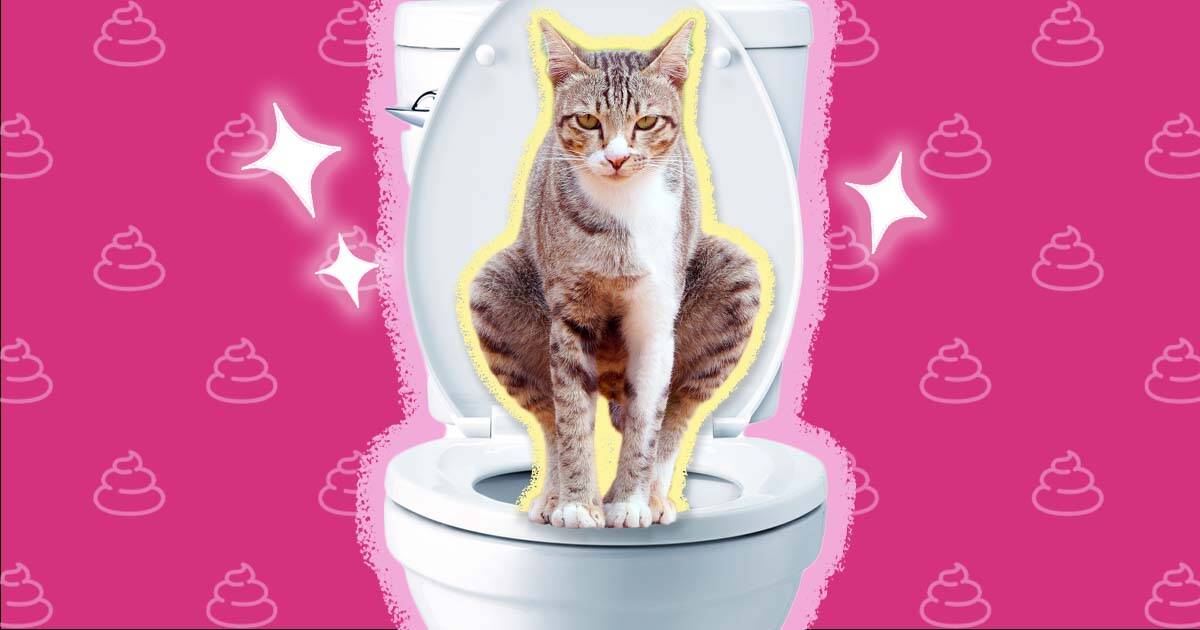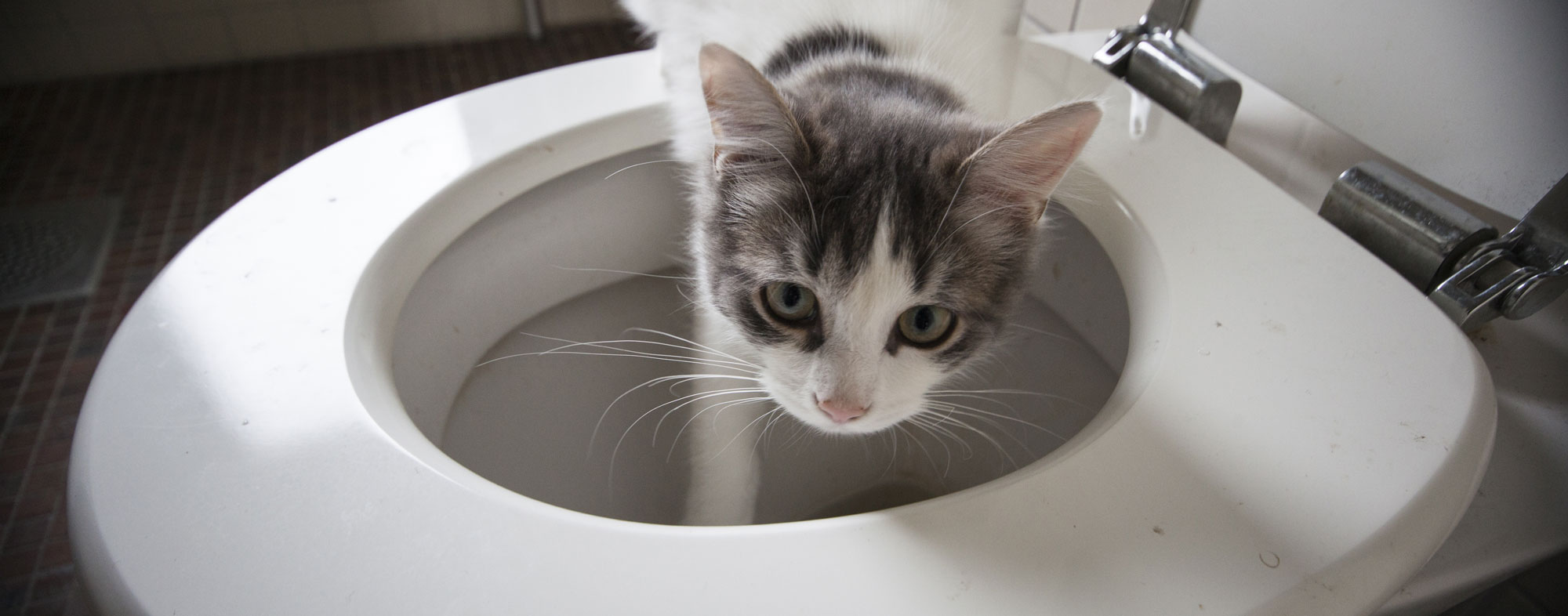Your Relevance of Proper Disposal of Animal Waste
Request Free EstimateThis great article on the next paragraphs about 4 Reasons Why Dog Poop Cleanup is Important is amazingly entertaining. Check it out for yourself and decide what you think of it.

When it concerns disposing of waste, particularly animal waste, lots of people often consider the convenient alternative of flushing it down the toilet. However, this seemingly easy remedy can have major effects for the atmosphere and public health. In this post, we'll discover why flushing pet waste down the commode is a negative idea and give alternative methods for appropriate disposal.
Introduction
Correct waste disposal is vital for maintaining environmental sustainability and public health. While it may seem safe to flush animal waste down the toilet, it can cause numerous problems, both for the atmosphere and human well-being.
Dangers of flushing pet waste
Environmental impact
Purging pet waste introduces dangerous germs and virus right into waterways, which can negatively affect marine ecosystems. These microorganisms can infect water sources and harm marine life, interfering with fragile communities.
Public health problems
Animal waste has damaging germs such as E. coli and Salmonella, which can position major health and wellness threats to people. Flushing pet waste down the toilet can contaminate water materials, leading to the spread of conditions and infections.
Alternatives to flushing
Instead of purging animal waste down the bathroom, there are numerous different disposal approaches that are a lot more environmentally friendly and sanitary.
Composting
Composting pet waste is an environmentally friendly method to get rid of it. By composting, raw material is broken down into nutrient-rich soil, which can be made use of to fertilize gardens and plants.
Land fill disposal
Disposing of animal waste in a landfill is an additional alternative. While not as eco-friendly as composting, it is a much safer option to flushing, as it protects against the contamination of water sources.
Pet dog garbage disposal systems
There are specialized animal waste disposal systems readily available that securely and hygienically throw away animal waste. These systems commonly use enzymes to break down waste and remove smells.
Steps to appropriate animal garbage disposal
To make sure correct disposal of pet waste, follow these actions:
Scooping and getting waste
On a regular basis scoop and bag pet waste using eco-friendly bags. This avoids waste from contaminating the setting.
Using designated waste containers
Dispose of bagged pet waste in designated waste containers, such as garden compost containers or garbage dump containers. Stay clear of flushing it down the commode in any way costs.
Cleaning can and animal areas on a regular basis
Regularly clean litter boxes and animal areas to stop the build-up of waste and bacteria. Usage pet-safe get more info cleaning items to keep health.
Benefits of proper disposal approaches
Adopting proper disposal techniques for animal waste provides a number of advantages:
Reduced environmental pollution
Correct disposal methods minimize the risk of environmental pollution, protecting waterways and communities from contamination
Reduced risk of water contamination.
By preventing flushing pet waste down the toilet, the risk of water contamination is considerably minimized, guarding public health.
Boosted hygiene and hygiene
Correct disposal techniques promote far better cleanliness and hygiene, creating a safer setting for both humans and animals.
Conclusion
In conclusion, flushing animal waste down the bathroom is unsafe to the atmosphere and public health. By taking on alternate disposal techniques and adhering to appropriate waste administration methods, we can decrease the negative influence of pet waste and add to a cleaner, much healthier world.
What To Do With Dog Poo – The Do's And Don'ts Of Disposing Of Faeces
Dog poo bins
Some councils provide dedicated dog waste bins in popular dog-walking areas that can take dog poo that has been bagged but you can legally dispose of dog waste in any public litter bin, as long as it is securely bagged. This also applies to your wheelie bin at home.
Do not flush
Water companies do not recommend flushing dog faeces down the toilet because certain parasites can survive the water processing treatment and are potentially harmful to humans. You should also never consider flushing dog poo that has been bagged down the toilet as the bags will not break down and instead create severe blockages in the sewage system.
In the woods
The Forestry Commission promotes a ‘stick and flick’ method for dealing with waste in the woods. This means finding a stick and using it to flick any poo from off the path so that it is out of the way of other walkers. You could also bury it as long as it is not in an area where there might be livestock.
Livestock
Parasites found in dog poo can be transmitted to livestock if they inadvertently eat infected faeces that has been left on grazing land. This could result in the death of sheep or abortion in cattle so you should always make sure you pick up your dog’s waste in fields where livestock could be present.

Regularly clean litter boxes and animal areas to stop the build-up of waste and bacteria. Usage pet-safe get more info cleaning items to keep health.
Benefits of proper disposal approaches
Adopting proper disposal techniques for animal waste provides a number of advantages:
Reduced environmental pollution
Correct disposal methods minimize the risk of environmental pollution, protecting waterways and communities from contamination
Reduced risk of water contamination.
By preventing flushing pet waste down the toilet, the risk of water contamination is considerably minimized, guarding public health.
Boosted hygiene and hygiene
Correct disposal techniques promote far better cleanliness and hygiene, creating a safer setting for both humans and animals.
Conclusion
In conclusion, flushing animal waste down the bathroom is unsafe to the atmosphere and public health. By taking on alternate disposal techniques and adhering to appropriate waste administration methods, we can decrease the negative influence of pet waste and add to a cleaner, much healthier world.
What To Do With Dog Poo – The Do's And Don'ts Of Disposing Of Faeces
Dog poo bins
Some councils provide dedicated dog waste bins in popular dog-walking areas that can take dog poo that has been bagged but you can legally dispose of dog waste in any public litter bin, as long as it is securely bagged. This also applies to your wheelie bin at home.
Do not flush
Water companies do not recommend flushing dog faeces down the toilet because certain parasites can survive the water processing treatment and are potentially harmful to humans. You should also never consider flushing dog poo that has been bagged down the toilet as the bags will not break down and instead create severe blockages in the sewage system.
In the woods
The Forestry Commission promotes a ‘stick and flick’ method for dealing with waste in the woods. This means finding a stick and using it to flick any poo from off the path so that it is out of the way of other walkers. You could also bury it as long as it is not in an area where there might be livestock.
Livestock
Parasites found in dog poo can be transmitted to livestock if they inadvertently eat infected faeces that has been left on grazing land. This could result in the death of sheep or abortion in cattle so you should always make sure you pick up your dog’s waste in fields where livestock could be present.

I'm very drawn to Should you flush animal waste down the toilet and I am hoping you enjoyed reading the entire piece. If you enjoyed our blog posting if you please do not forget to pass it around. Thanks a bunch for being here. Return soon.
Go Services